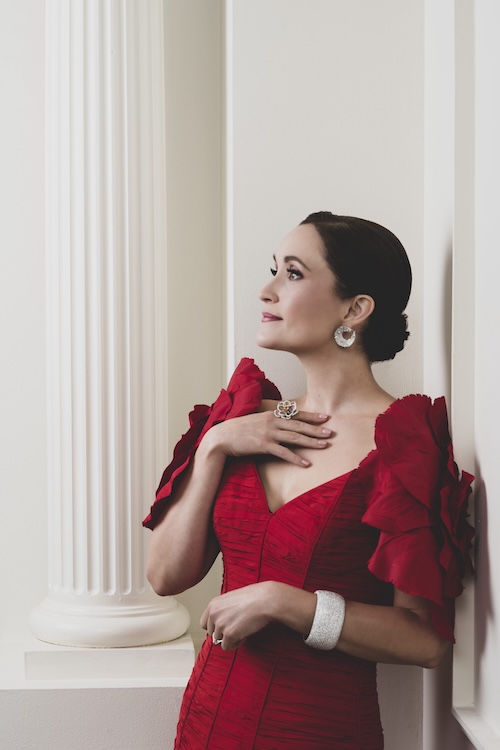Soprano Morley’s Mozart sparks Boston Baroque program
Spring, the comedian Robin Williams once declared, is nature’s way of saying, “Let’s party!” Mozart’s Haffner Symphony and Beethoven’s Symphony No. 2 are a couple of musical equivalents to that sentiment.
On Friday night, Boston Baroque and conductor Martin Pearlman brought both favorites to Jordan Hall for a concert that felt, in part, like a celebration of the recently-crossed vernal equinox. At the same time, the program also functioned as the start of the ensemble’s farewell to its founding music director, who steps down from that role at season’s end next month.
To judge from Friday’s outcomes, the group Pearlman has led for over half a century is in strong form, even as moments of scrappy ensemble and imbalance dogged parts of the evening’s performance. Nevertheless, the orchestra’s accounts of both symphonies were lively and fresh.
Written in 1782, Mozart’s D-major effort (No. 35) stands among his sunniest and most effervescent. Though on this occasion the finale’s tempo felt a bit restrained, the night’s interpretation began strongly with a crisp, vigorous take on the opening Allegro.
There, the section’s bluesy double reed lines sang plangently—just as they did in the lovely second movement, whose spatial aspect was underlined by Pearlman’s European-style seating of the violins on opposite sides of the podium. That layout paid further dividends in the Menuetto, in which the music’s inner voices (particularly the second violins and violas) lent the Trio a conspicuously lively sheen.
The night’s account of Beethoven’s Symphony No. 2 was likewise spirited. Despite dating from one of the darkest periods of the composer’s life, the score stands among his least-conflicted compositions and Friday’s reading gamely embraced its brash, sometimes edgy sense of playfulness.
In the first movement, Pearlman and his forces imbued both the stately introduction and the driving main body with tonal concentration and dramatic purpose. Throughout, the orchestra’s playing was tense and exciting, culminating in a series of purgative, dancing suspensions in the coda.
The finale, too, offered plenty of vim and style: its brief oboe and bassoon solos from, respectively, principals David Dickey and Nate Helgeson, bristled with spirit. Though some ragged string playing cropped up in iterations of its refrain, the movement’s songful spots—as well as its aggressive attacks—were ably dispatched.
Meantime, conductor and orchestra brought out the Larghetto’s lyrical warmth with pure-toned focus. If the Menuetto was a touch heavy-footed, its rustic elements—namely the reel-like violin runs and the Trio’s shapely woodwind figurations—emerged smartly.
Between the night’s symphonic offerings, soprano Erin Morley joined Boston Baroque for a pair of Mozart arias. The American coloratura, who was making her ensemble debut, is the real deal, even if her appearance on Friday totaled less than fifteen minutes.
Morley’s instrument, with its silky, tonal warmth and effortless projection across its range, is ideal for this repertoire. Her accounts of Die Zauberflöte’s “O zitt’re nicht” and the concert aria “Vorrei spiegarvi, oh Dio!” were both superbly enunciated and precisely sung.
Indeed, the latter’s exchanges with oboist Dickey were as impressively matched in articulation and phrasing as they were unified in character. Pearlman drew accompaniments from his band that were well-balanced and, in “Vorrei spiegarvi’s” serenata-like opening section, captivatingly discreet.
The program will be repeated 8 p.m. Saturday at GBH Calderwood Studio. baroque.boston
Posted in Performances
